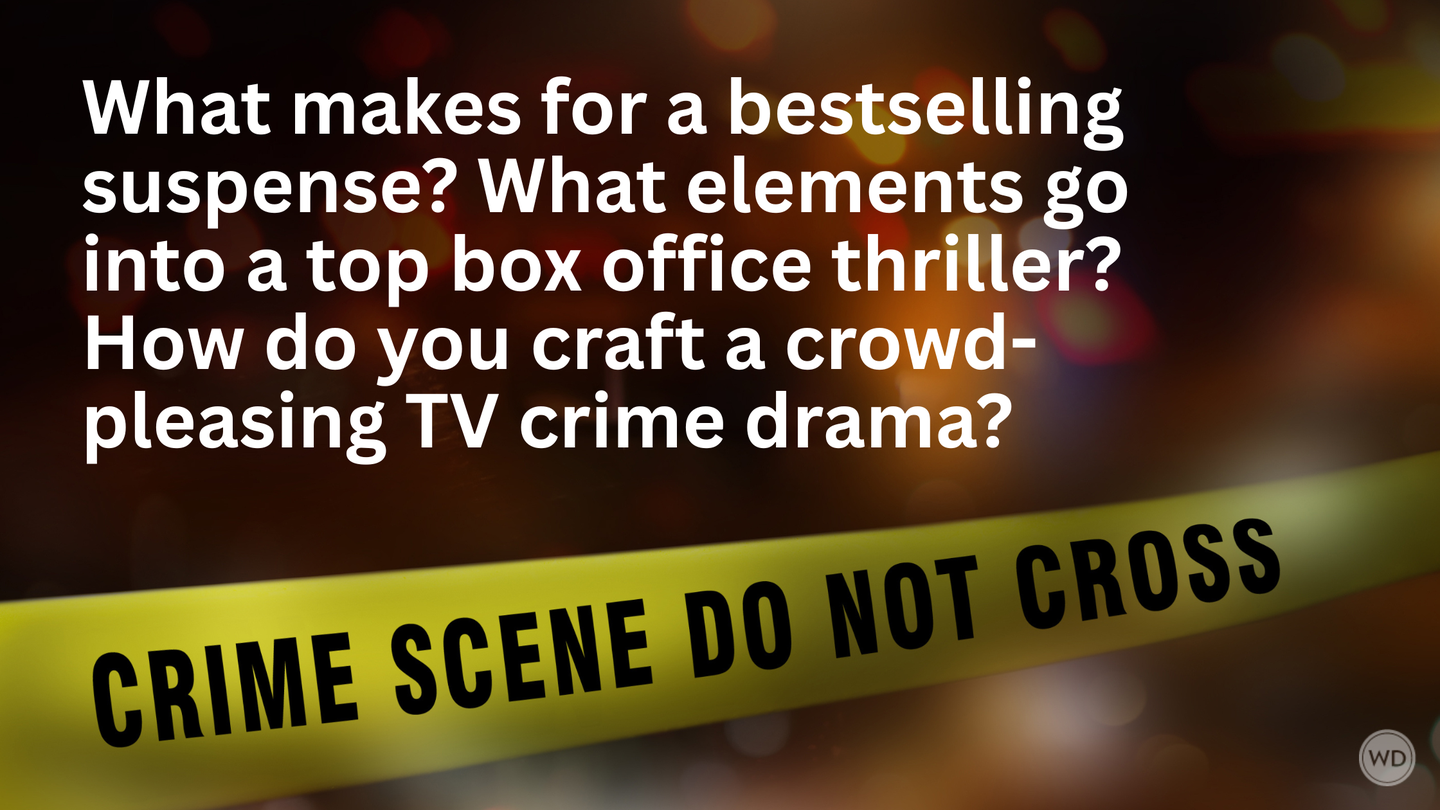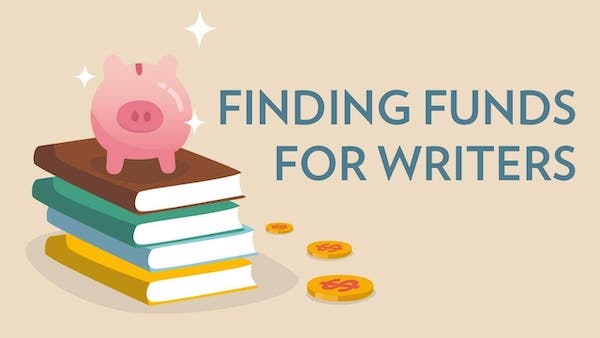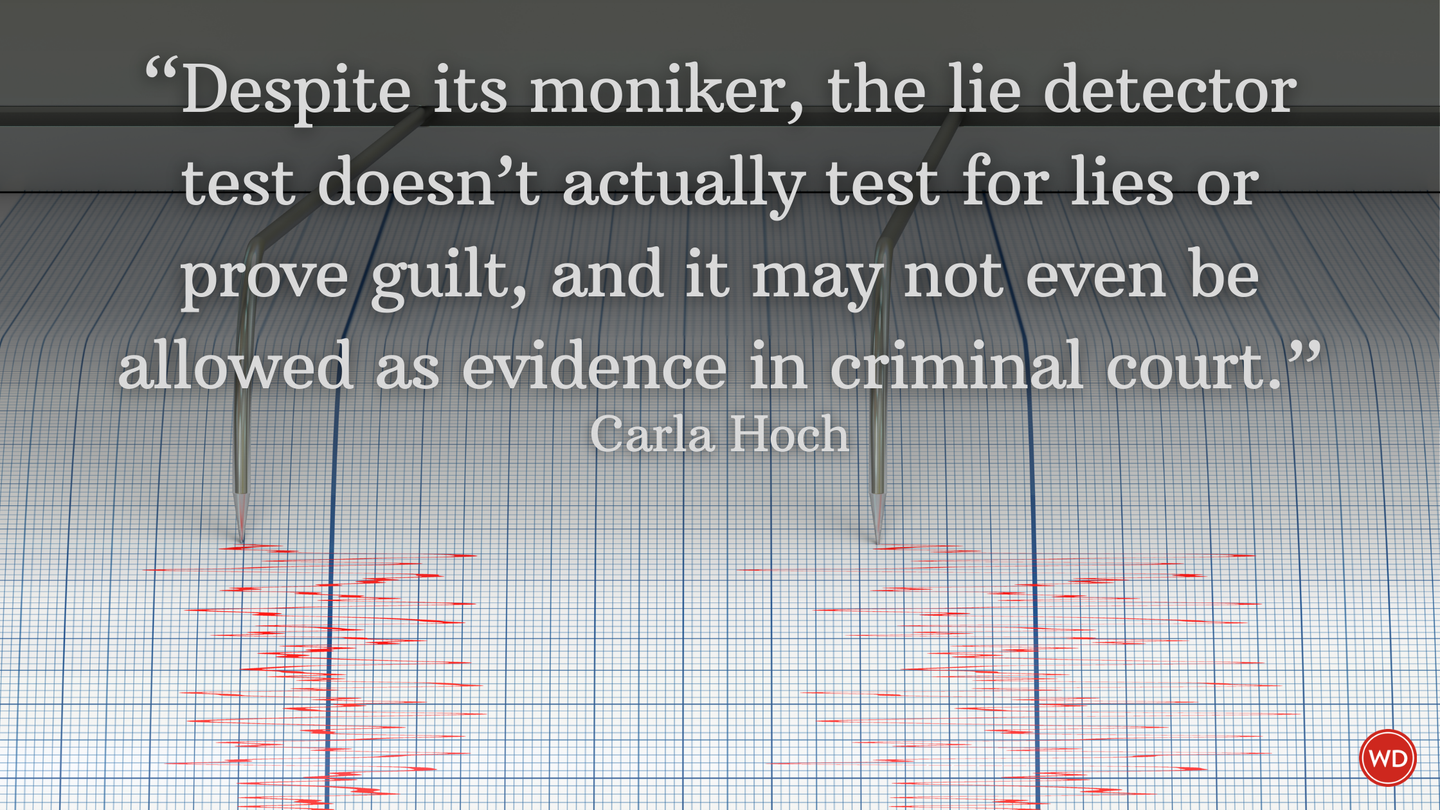Adding Sensory Details to Your Fight Scene (FightWrite™)
Trained fighter and author Carla Hoch discusses the importance of adding sensory details to your fight scenes, and how doing so connects us to each other and to the scene itself.
We are in the final stretch of this FightWrite® series on writing a fight scene start to finish. We’ve gone over a whole heap of stuff including what fight scenes can do for your story, the importance of the why and where of the fight, which fight moves to highlight as well as good old fight scene pacing. This month we are going to zero in on those sensory details. They are so important and not just for the sake of description. Sensory details bring your reader into the scene all the way down to a neurological level.
Why Our Brains Love Live Events
Do you ever watch live sporting events on TV, ones with sold-out crowds? Why do you suppose all of those people are there? It’s certainly not for the view. The view from our couches is superior to even the best seats in the stands/arena. We have a better view than even the athletes! Plus, we don’t have to buy a ticket, deal with traffic, or dress for the weather. Seriously, why the heck would anyone go to a live event when they can watch the thing from the comfort of their home while wearing Spongebob pajamas?
Because what you can’t see in that packed arena, you can feel. A live event is a baptism of the moment. It is a complete sensory experience that creates the type of connection we humans, even us introverts, crave to the point that they can even be therapeutic. The sensory experience of a live event can dig up old emotions we had when we first experienced that event. So, the action (the live event) digs up old reactions (emotions). Remember that.
The sensory experience of live events also provides a sense of camaraderie. (This does relate to writing, I promise, stay with me.) We want to feel that sense of unity, of usness and of vital engagement. A great example of this is when the crowd does the wave at a sporting event. You may hate the other team but when that wave starts the hate stops because in that moment, you are all connected and working together for a common goal: the perfect wave. Another interesting thing about that wave, for it to catch on, it needs to start with about 20 or 30 people. From the beginning, that wave requires usness.
Mirror Neurons
OK, so what the heck does that have to do with our fight scenes? Everything and goes well beyond the fight scene. From research we know that a shared sensory experience of an event can connect us to each other. When you give your reader a great sensory experience, you are helping them tap into their own selves as well as connect them to the characters in our work. You are creating usness between your reader and character. And before you say I’m making too broad a leap, let’s look at the science.
Human brains have something called “mirror neurons.” These neurons are sometimes called “empathy neurons” because they literally put us in the shoes of another person. Mirror neurons are a type of brain cell that lights up the same when we perform an action as when we see that same action. In other words, my brain will light up the same way when I jump rope as when I see you jump rope.
IndieBound | Bookshop | Amazon
[WD uses affiliate links.]
But, here’s the thing, even though mirror neurons are something referred to as empathy neurons, they don’t connect us to feelings. They connect us to actions and the experience we have of those actions are what conjure feelings. We cringe when we see someone stub their toe because in our minds, we are also stubbing our toe. That action digs up all the emotions of the pain we have felt when we whacked one of our own little piggies. The action we see digs up old reactions we have felt.
Bringing Your Reader into the Fight—Literally
When your reader has a visceral response to your work, it is because they are re-feeling an emotion they have felt in the past and connecting it with your character’s present. This is especially true when the reader has a physical and emotional response to an action that they read. Viewing an action, whether visually or imagining, is what ignites mirror neurons.
When we write the action of our fight scenes, our readers may also be in that fight on a neurological level because their mirror neurons may be firing as if they are in the fight. I say “may be” because it depends on how well the reader is able to picture the movements of the scene. The better we are at writing the action, the better the reader is able to envision it. However, we don’t want them to just envision it. What we want is for their brain to imagine the sensations of that fight, the actual experience of it.
The problem with that is not everyone knows what it’s like to be in every type of fight scenario. I know a lot of fight sensations, but I don’t know what it’s like to be shot or stabbed. And, I’d like to keep it that way, thank you very much. So, how can you put your reader into an action scenario that is foreign to them? Sensory details! Especially painful ones. Everyone knows pain. Case in point, this black eye…
When I teach an injuries class, I generally show this picture. The first time I show it, the audience responds sympathetically with a low “oh.” But when I say that I had been kneed in the face, that “oh” doubles in volume. And, every single time that happens, I ask the audience why knowing how it happened garnered a greater response. They always say it’s because they can imagine it better, the it being the experience of it which helps them relate to the pain from it.
Adding the Sensory Details
Now that we know how important sensory details are, let’s look at which to focus on. Any physical sensation related directly to the fight is key. Notice that I didn’t say emotions related to the fight. It’s a common misconception by people who haven’t been in a fight to think you feel emotions, especially fear, in a fight. That’s just not a “thing.” One of the jobs of adrenaline is to water down emotion so that you focus on fighting. You want to get away from the bear not analyze the emotional implications of getting mauled by it. As threat assessment specialist Gavin de Becker says, the great thing about fear is that if you feel it, whatever you’re afraid of hasn’t happened yet.
Focus on sensations related directly to the characters in the fight. Write the “oofs” of air being kicked out of the gut, the dead thuds of bodies hitting the floor, the smack of fists against flesh. Let the reader taste the tinny warmth of blood pooling in the empty socket of a knocked-out tooth. Make them smell the mud of human gunge on the battlefield and feel the leather on their sword handle stick to the claret-colored clots of coagulating blood that coat their palm.
Writers, do not let your reader sit as a passive observer. Pull them headlong into the fray. The more you make them physically feel, the more they will be fulfilled. You will have reached them on an innately human level. And without them knowing, you will have crawled into their brain and sparked their mirror neurons like live wires. You will have pilfered their files of emotions connected to the actions they’re reading. And regardless of which character comes out on top on the page, when your reader winces as a result of the fight, you, writer, are the winner.
Carla Hoch is the award-winning blogger of FightWrite® and author of the Writer’s Digest book Fight Write: How to Write Believable Fight Scenes. She is a WDU instructor who regularly teaches on the craft of writing fight scenes, action, and violence as well as the mechanics of fighting for writers. Carla is a world champion jiujitsu player and has experience in almost a dozen fighting styles. She lives and trains outside Houston, Texas.







